How to Develop a Live-Streaming App?

As per the recent research and surveys, the live-streaming app market has achieved the milestone of 70 million-plus USD in the year 2020-21. With the latest technologies, updated phone cameras, and several filter applications that help the users to look picture perfect all the time, live-streaming is touching new heights. Watching the on-demand TV and the reruns of all the old seasons and series is cool and has its own fun but watching people live doing stunts, playing, or doing comedy has its own charm. And thanks to new-age technology and easy to reach platforms live streaming is the biggest hit during the Pandemic.
Live streaming has always been popular but since the COVID hit the world, live streaming has created a new niche for itself in this content-driven world.
Live-streaming is a process of transferring audio or video streaming; however, the viewers have no control over the playback time of the media. The clients can’t control when the stream starts, can’t pause, skip a certain part, and so on. It is a real-time process.
Streaming is the technique for information transmission utilized when somebody watches video content on the Internet. It is an approach to convey a video record a tad at a time, often from a distant stockpiling area. By sending a couple of moments of the document at a time over the web, customer gadgets don’t need to download the whole video prior to beginning to play it.
Live streaming/ real-time streaming is the point at which the transferred video is sent throughout the Internet progressively, without first being recorded and put away. Today, TV communication, computer game transfers, and online media video would all be able to be live-streamed.
Consider the contrast between customary streaming and live streaming as the distinction between an entertainer presenting a remembered dialogues with the chances of retake and politicians giving unprepared live speeches with zero chances of retake. In the previous, the substance is made heretofore, put away, and afterward transferred to the crowd. In the last mentioned, the crowd gets the substance in the very second that the entertainer makes it – actually like in live streaming.
The term lives streaming for the most part alludes to communicating live transfers: one-to-numerous associations that go out to various clients on the double. Videoconferencing innovations like Skype, FaceTime, and Google Hangouts Meet work on ongoing correspondence (RTC) conventions instead of the conventions utilized by one-to-many live stream communicates.
The live-streaming applications as per the bookish definition are, that software or applications which allow the broadcasters and content creators to record and upload/broadcast the video or podcast, or audio content simultaneously. There are video-on-demand media and blogs which allow people to stream but are not live-stream. Nowadays few social media applications allow their users to live to stream their content for a short duration of time.
Read Also:-A Complete Guide To Roku’s New IDK
What is live TV streaming?
- YouTube TV
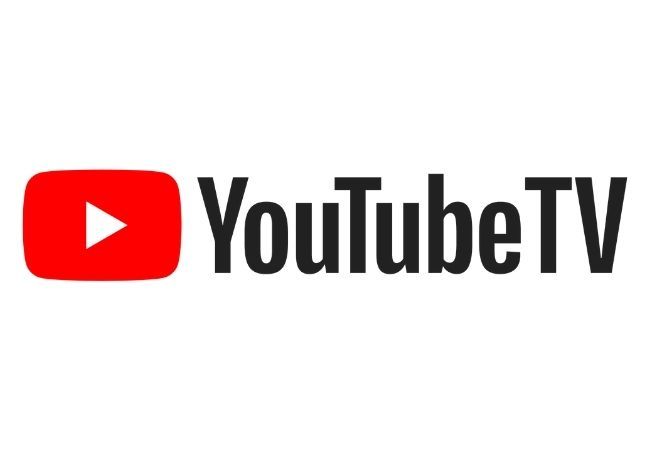
- Hulu + Live TV

- Philo

- fuboTV
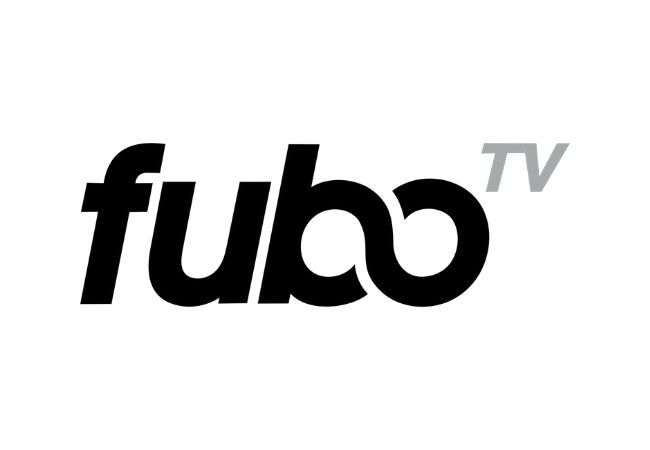
- Sling TV
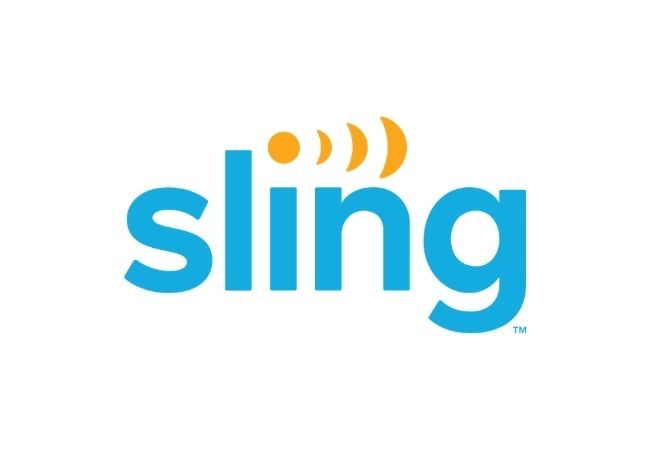
- AT&T TV

Back-end working of live streaming
The following steps give you a brief insight into how live streaming works at the back-end
- Compression
- Encoding
- Segmentation
- CDN ( Content Delivery Network) distribution
- CDN caching
- Decoding
- Video playback
Developing live-streaming app for Smart TV
Before jumping into the technicality of developing a live-streaming app let’s have a look at what smart TVs are.
A smart television also called connected television (CTV), is nothing but your traditional tv set with integrated internet and interactive internet 2.0 functions that let users watch and subscribe to songs and movies, search the internet, and see snapshots on a bigger screen.
Smart television is an innovative association of PCs, TVs, and set-top boxes. Other than the familial reasons for TVs and set-top boxes given through customary telecom media, these gadgets can likewise give Web television, online intelligent media, over-the-top content (OTT), and on-request streaming media, and home systems administration access, live-streaming options.
Smart televisions might be considered as a data apparatus or the PC framework from a cell phone incorporated inside a TV unit, as a particularly keen television frequently allows the client to introduce and run further developed applications or additional items dependent on their specific operating system. Smart televisions run on totally different versions of operating systems in comparison to smartphones giving a platform to work and grow for smart television application developers.

Android TV App Development
Just like mobile phones, different brands use different operating systems and have different languages to develop the applications. Like –
- Android TV and Amazon Fire use the Android operating system.
- Apple smart TV has its own operating system named tvOS.
- Samsung has a Tizen operating system.
- Roku uses its own built OS named Roku OS.
- LG uses webOS to build its smart TVs.
For developing live-streaming applications for Android smart TV and Amazon Fire Java and Kotlin are your go-to languages.
Android offers a rich client experience that is improved for applications running on enormous screen gadgets, like top-quality smart TVs and HD televisions. Applications on TV offer new freedoms to attract your users from the solace of their sofa.
Television applications utilize a similar construction structure as those for smartphones and tablets. This methodology implies you can make new TV applications dependent on what you definitely think about building applications for Android, or stretch out your current applications to likewise run on TV gadgets. Nonetheless, the client collaboration model for TV is generously not quite the same as telephone and tablet gadgets. To make your application fruitful on TV gadgets, you should plan new designs that can be handily perceived from 10 feet away, and give a route that works simply a directional cushion and a select catch.
Let’s get started –
1. First of all, you have to check what kind of media is supported by Google and android for smart TV live streaming.
Android has a list of supported frameworks, followed protocols, codecs, and formats supported by Android TV. You can refer to the list at https://developer.android.com/.


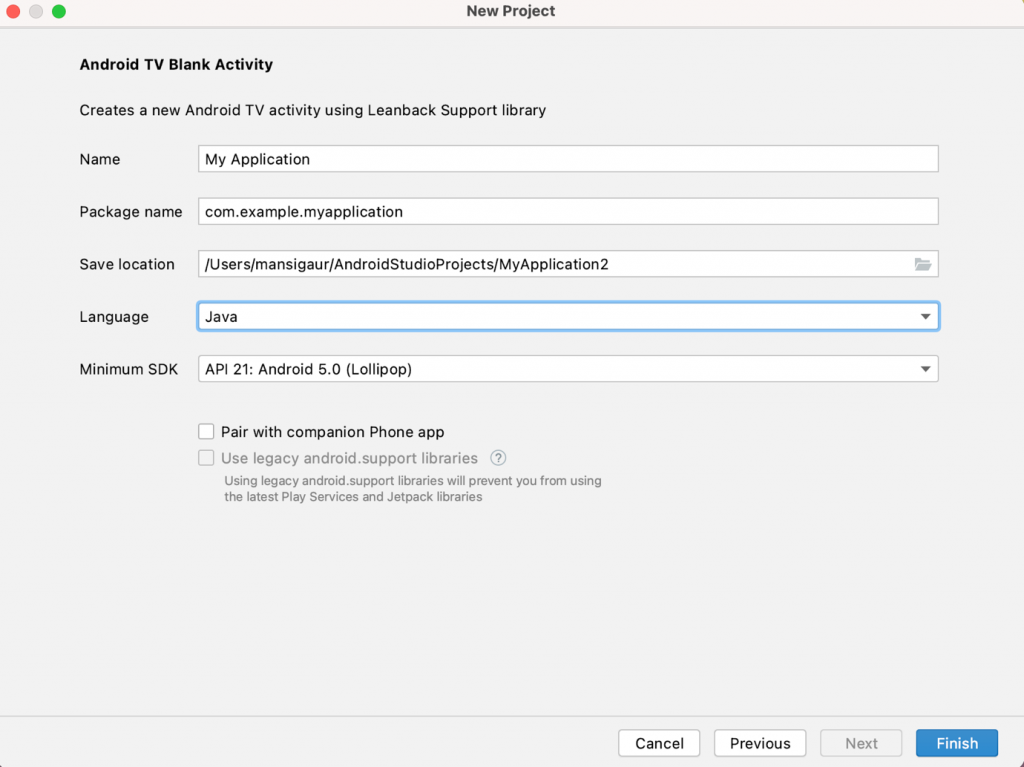
2. Setting up smart TV application
This step is about making a plan on how to modify an already developed live-streaming Android app so that it can be executed on a smart TV or either making a blueprint for developing a new application. If you already have a live-streaming android mobile developed you can simply add Android TV support and it lets you work and design on a UI for android TV and it allows you to use the already existing structure of your android mobile app development.
The main components that should be included to develop a live-streaming app that can be run on Android TV are –
- Activity for TV – In the application manifest, activity should be made for TV.
- TV Libraries – There are several Android TV libraries that are available for TV application development that has in-built widgets for building amazing UI.
Prerequisites for developing smart TV live-streaming applications
- SDK version should be higher or equal to 24.0.0
- Configuration of SDK with Android should be Android 5.0 (API 21) or higher
3. During the creation of the project, the activity should be declared as a TV activity.
An application planned to run on smart TV should be made a launcher activity for TV in its manifest. It utilizes a CATEGORY_LEANBACK_LAUNCHER intent filter. This filter recognizes your application as being empowered for TV and allows Google Play to distinguish it as a TV application. At the point when a user chooses your application on their TV home screen, this intent distinguishes which activity to launch and show.
4. Leanback Support
Make sure your smart TV live-streaming application uses the Leanback UI provided by Android and required by smart TV with Android OS.
5. While developing smart TV applications disable the touchscreen feature
Live-streaming applications that are intended to run on smart TVs don’t need the touch screen for input or giving instructions. To disable the feature your application manifest must declare “android.hardware.touchscreen” as unrequited.
6. Home Screen Banner Image
The home screen banner for your live-streaming application is a must. The banner is the TV application launch screen that contains the logo of the TV app developed by you. To add the banner it should be described in the manifest.
7. Change the colour for the launcher
When a live-streaming app launches on TV, the screen displays an animated simulation that looks like an increasingly colour-filled circled just a minute or sometimes less than that. The live-streaming application developed by you represents your work and the type of content that will be live broadcast on the smart TV hence, your app should have colours as per your brand and the type of content. To customize the colour using the ‘android:colorPrimary’ feature’.
8. Add the necessary libraries
Jetpack consists of android package libraries that are specifically designed to use with Android OS-based smart TV applications. These libraries give APIs and UI widgets for TV device applications.
9. Coding
After being done with all the above-mentioned steps it’s time for the actual back-end coding and front-end designing. Android Studio has easy-to-use drag and drop widgets and snippets tools that you can use for application development. For the back-end coding, you should have knowledge of Java or either Kotlin.
10. Run the app
The final and important step is to run your live-stream TV application to make sure it’s running okay and giving the desired output before launching it. You can run your application by two means –
- On real-time TV devices by using a USB connector to connect your system to your TV device.
- Or either on AVD.
Live-Streaming TV app development for other Smart TVs
TV applications for Apple smart TV are built using similar techniques as those used for iOS mobile applications because tvOS are based on iOS itself.
Just like iOS, tvOS applications also use Xcode but the version should be 7.1. The languages to develop the live-streaming app for Apple TV will be Swift and Objective-C.
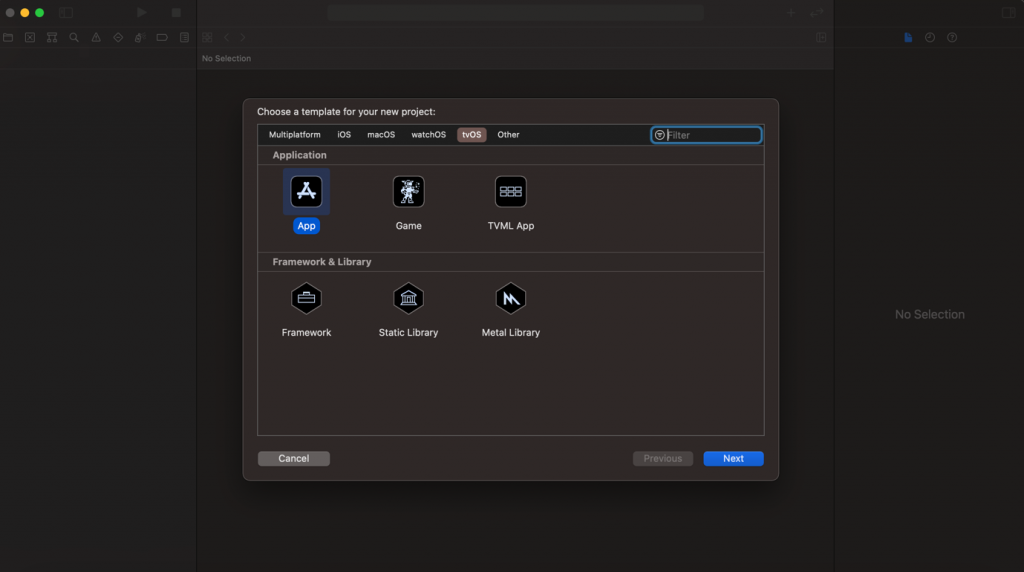
For Samsung the operating system is Tizen. Tizen is a Linux-based operating system combined with Bada, Samsung uses this for smart TV app development. To develop the Tizen Samsung smart TV app you should install Tizen studio. For developing Samsung TV app, the developers use .NET and you should be well-versed with C#.
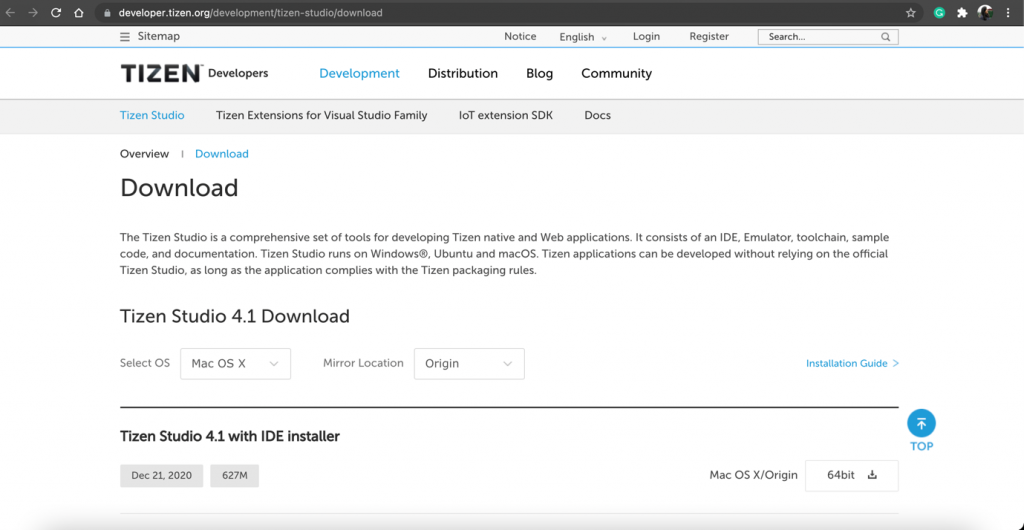
Roku uses its own built OS for its smart TV named Roku OS. The Roku smart TV runs a custom Linux distribution. As for the tools you need to installRoku SDK and can use Visual Studio. The language used to develop the Roku live-streaming channels and applications are BrightScript and the Roku app developers also should be well-versed with JSON.
LG uses its own developed operating system webOS. F
or developing the LG live-streaming applications you need Web API, SDK, command lines, etc. And for debugging it uses another set of tools like Developer Mode Apps. Languages used for developing applications for LG smart TV are HTML, CSS, JavaScript, JSON, and Python.


Read also:-ROKU’s Static Analysis Tool and it’s Command Line Utility
Wrapping Up
Ready to develop your own live-streaming app for smart TV? We hope the above steps help you to strategically develop an app of your own and you’ll achieve ‘your’ success. And if you think we have forgotten to add any important strategy let us know in the comment section.

A freelancing blogs and e-books writer who keeps you up with the trending technologies and user guides. A blogger who is currently a post-graduate living in United Kingdom and trying to make her niche as a Data Scientist. Before taking a deep dive into the "Data-World", she got a Bachelor's Technology degree in Computer Science and has always dreamed of writing as a kid which inspired her to write wonderful content with the right amount of technical terms to make it easy for the beginners and as well full-fledged developers to grasp a hold onto the computer technologies.